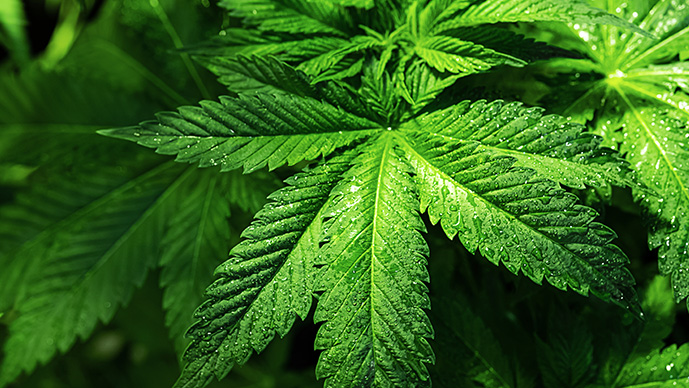In the ever-evolving landscape of cannabis research and innovation, one cannabinoid that has been gaining attention is THCa (tetrahydrocannabinolic acid). THCa is the precursor to the well-known psychoactive compound delta-9 THC (tetrahydrocannabinol). With a focus on products containing less than 0.3% delta-9 THC, this blog delves into the world of THCa, its potential benefits, and its implications for users seeking non-psychoactive cannabis experiences.
THCa: The Raw Form of THC THCa is found in the raw, unheated cannabis plant and is a non-psychoactive compound. When cannabis is exposed to heat or light through processes like smoking, vaporization, or decarboxylation, THCa converts into delta-9 THC, which is responsible for the well-known “high” associated with cannabis consumption. This is why raw cannabis doesn’t produce the same intoxicating effects as heated cannabis.
The Legal Landscape: Products containing less than 0.3% delta-9 THC are often referred to as “hemp-derived” or “low-THC” products. This distinction is important for legal compliance in various jurisdictions, especially in places where delta-9 THC remains federally or locally prohibited. Many of these products contain significant amounts of THCa and trace amounts of delta-9 THC, allowing users to experience some potential benefits of cannabis without the associated psychoactivity.
Potential Benefits of THCa:
1. **Anti-Inflammatory Properties:** Research suggests that THCa may have anti-inflammatory effects, which could be beneficial for individuals dealing with conditions related to inflammation, such as arthritis.
2. **Neuroprotective Potential:** Some studies have indicated that THCa might possess neuroprotective properties, making it of interest for neurodegenerative conditions like Parkinson’s disease.
3. **Nausea and Appetite:** THCa’s potential anti-nausea and appetite-stimulating effects could be beneficial for individuals undergoing treatments like chemotherapy.
4. **Pain Relief:** THCa’s analgesic properties may provide relief to those dealing with pain, potentially making it a natural alternative to traditional pain management methods.
5. **Potential for Anxiety:** THCa’s non-psychoactive nature may make it more suitable for individuals sensitive to the anxiety-inducing effects of delta-9 THC.
Consumption and Products: THCa-rich products can come in various forms, such as tinctures, capsules, edibles, and topicals. These products are designed to provide the potential benefits of THCa while adhering to legal limits of delta-9 THC content. It’s important to note that individual responses to THCa may vary, so it’s advisable to start with a low dose and monitor how your body reacts.
Conclusion: THCa, the precursor to delta-9 THC, is a non-psychoactive cannabinoid that holds potential therapeutic benefits. With products containing less than 0.3% delta-9 THC, users can experience some of these benefits without the intoxicating effects traditionally associated with cannabis. As with any cannabinoid, further research is needed to fully understand THCa’s effects and its potential applications. If you’re interested in incorporating THCa-rich products into your wellness routine, consult with healthcare professionals and ensure you’re adhering to local laws and regulations regarding cannabis consumption.


